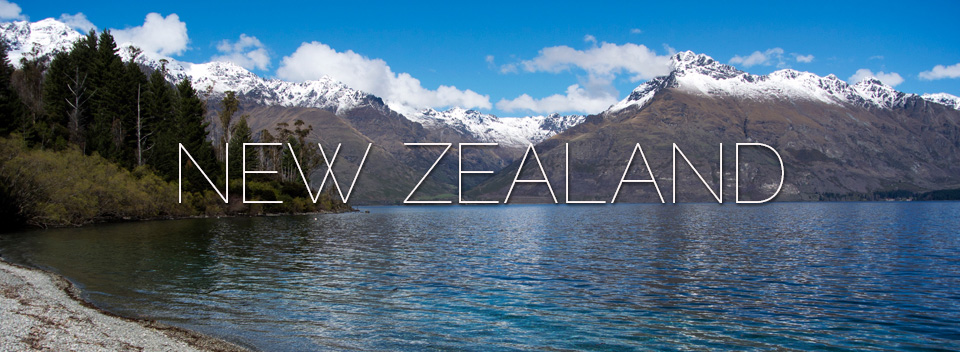
Australia

More than most other developed countries, Australia seizes the imagination. For most visitors its name is a shorthand for an endless summer where the living is easy; a place where the adventures are as vast as the horizons and the jokes flow as freely as the beer; a country of can-do spirit and easy friendliness. No wonder Australians call theirs the Lucky Country.
Every aspect of Australian life and culture, whether its matey attitudes or its truly great outdoors, is a product of its scale and population – or lack of it. In size, it rivals the USA, yet its population is 23 million, leading to one of the lowest country population densities on Earth. The energy of its contemporary culture is in contrast to a landscape that is ancient and often looks it: much of central and western Australia – the bulk of the country – is overwhelmingly arid and flat. In contrast, its cities, most founded as recently as the mid-nineteenth century, burst with a vibrant, youthful energy.
The most iconic scenery is the Outback, the vast fabled desert that spreads west of the Great Dividing Range into the country’s epic interior. Here, vivid blue skies, cinnamon-red earth, deserted gorges and geological features as bizarre as the wildlife comprise a unique ecology, one that has played host to the oldest surviving human culture for up to 70,000 years (just 10,000 years after Homo sapiens is thought to have emerged from Africa).
This harsh interior has forced modern Australia to become a coastal country. Most of the population lives within 20km of the ocean, occupying a suburban, southeastern arc that extends from southern Queensland to Adelaide. These urban Australians celebrate the typical New World values of material self-improvement through hard work and hard play, with an easy-going vitality that visitors, especially Europeans, often find refreshingly hedonistic. A sunny climate also contributes to this exuberance, with an outdoor life in which a thriving beach culture and the congenial backyard “barbie” are central.
Although visitors might eventually find this low-key, suburban lifestyle rather prosaic, there are opportunities – particularly in the Northern Territory – to experience Australia’s indigenous peoples and their culture through visiting ancient art sites, taking tours and, less easily, making personal contact. Many Aboriginal people – especially in central Australia – have managed to maintain a traditional lifestyle (albeit with modern amenities), speaking their own languages and living by their own laws. Conversely, most Aboriginal people you’ll come across in country towns and cities are victims of what is scathingly referred to as “welfare colonialism” – a disempowering consequence of dole cheques and other subsidies combined with little chance of meaningful employment, often resulting in a destructive cycle of poverty, ill health and substance abuse. There’s still a long way to go before black and white people in Australia can exist on genuinely equal terms.
CR: http://www.roughguides.com
Newzealand

Walk On The Wild Side
There are just 4.5 million New Zealanders, scattered across 270,534 sq km: bigger than the UK with one-fourteenth the population. Filling in the gaps are the sublime forests, mountains, lakes, beaches and fiords that have made NZ one of the best hiking (locals call it ‘tramping’) destinations on Earth. Tackle one of nine epic ‘Great Walks’ – you’ve probably heard of the Heaphy and Milford Tracks – or just spend a few dreamy hours wandering through some easily accessible wilderness.
The New ‘Big Easy’
Forget New Orleans… NZ can rightly claim the ‘Big Easy’ crown for the sheer ease of travel here. This isn’t a place where you encounter many on-the-road frustrations: buses and trains run on time; roads are in good nick; ATMs proliferate; pickpockets, scam merchants and bedbug-ridden hostels are few and far between; and the food is unlikely to send you running for the nearest public toilets (usually clean and stocked with the requisite paper). And there are no snakes, and only one poisonous spider – the rare katipo – sightings of which are considered lucky. This decent nation is a place where you can relax and enjoy (rather than endure) your holiday.
Maori Culture
If you’re even remotely interested in rugby, you’ll have heard of NZ’s all-conquering All Blacks, who would never have become world-beaters without their formidable Maori players. But this is just one example of how Maori culture impresses itself on contemporary Kiwi life: across NZ you can hear Maori language, watch Maori TV, see main-street marae (meeting houses), join in a hangi (Maori feast) or catch a cultural performance with traditional Maori song, dance and usually a blood-curdling haka (war dance). You might draw the line at contemplating ta moko, traditional Maori tattooing (often applied to the face).
Food, Wine & Beer
Kiwi food was once a bland echo of a British Sunday dinner, but these days NZ chefs find inspiration in new-world culinary oceans, especially the Pacific with its abundant seafood and encircling cuisines. And don’t go home without trying some Maori faves: paua (abalone), kina (sea urchin) and kumara (sweet potato) make regular menu appearances. Thirsty? NZ’s cool-climate wineries have been collecting wine-award trophies for decades now, and the country’s craft-beer scene is booming. Contemporary coffee culture is also firmly entrenched.
Why I love New Zealand
By Charles Rawlings-Way, Coordinating Author
As an English-born Australian raised in Tasmania, every trip to New Zealand presents a mix of landscapes and cultures that’s at once familiar and quirkily different. The rolling hills and hedgerows of Devonshire collude with the irreverent, easy-going locals (somehow less cynical than Australians: could it be the sweetly mangled vowels?) to disarm, distract and delight. Maori culture is potent, the surf is world class and the beer is awesome! The best of old and new worlds synching-in with social and environmental sensibility: a template for a new world order? I love NZ!
CR : LonelyPlanet
Comments are closed.